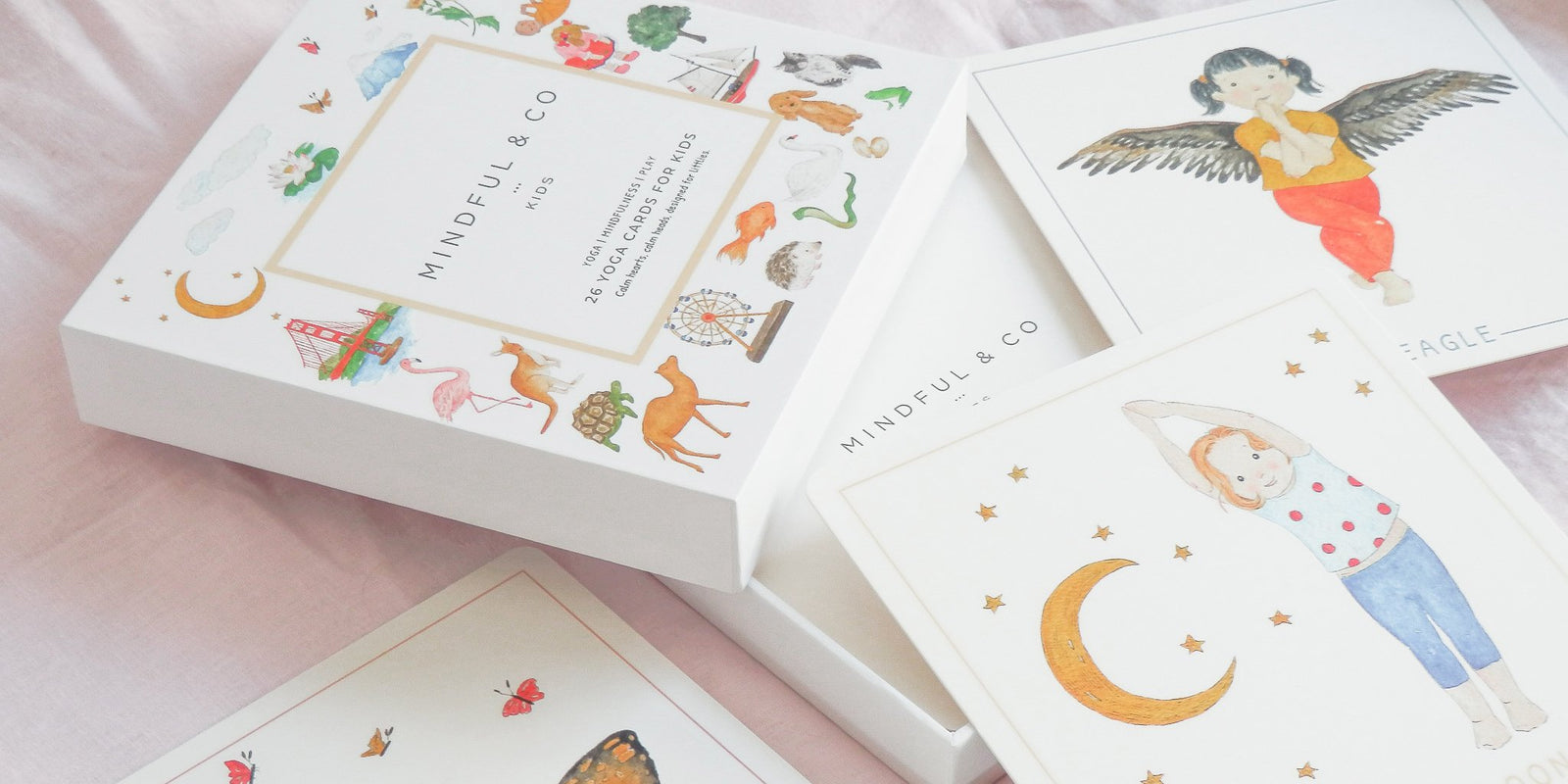It is vital to accept neurodiversity as part of the dynamic environment of child development. Children with conditions like ADHD and autism require a supportive environment that fosters their individual talents and allows them to excel. This is where the synergy of ADHD support, autism sensory play, sensory integration toys, and mindful toys for kids comes into play. Integrating these components into daily routines can assist caregivers and teachers develop experiences that promote healthy growth in all aspects.

ADHD Support for Children – Enhancing Confidence and Focus
Children with ADHD can have difficulties focusing or controlling impulses. It is essential to employ strategies that can stimulate their mind while still respecting their individuality to offer effective assistance. Mindful toys for kids that are designed to promote peace and mindfulness, can aid in this process. These toys provide an experience of touch that can help soothe restlessness, while also instructing children to shift their focus in a deliberate manner. Utilizing mindfulness techniques to play can aid in managing ADHD symptoms as well as teach children important life skills, such as emotional regulation, stress reduction, as well as stress management.
Autism Sensory Play: Nurturing Exploration and Expression
Sensory activities can be stimulating as well as challenging for children with autism. Autism sensory play is the process of creating an enjoyable environment for the senses to help develop vital abilities. Sensory integration devices play a significant role in this method. These toys are designed to enable many senses to be activated simultaneously. They aid in exploring the sensory system, cognitive growth, and coordination. By involving their tactile, visual, auditory and other senses, kids are able to better communicate their feelings and better understand their surroundings. Through embracing autism-related sensory play, caregivers help children to express themselves confidently, develop self-confidence, and communicate with others according to their own terms.
Sensory Integration Toys: Building Bridges in Child Development
Sensory integration toys provide a bridge for children to get connected with the world. They are available in a variety of sizes, textures and shapes to focus on different motor skills and senses. These toys help children learn to adapt and experiment with sensory input. They also aid in developing sensory processing skills. The main advantages of sensory toys include:
1. Enhanced Perception: Sensory Integration Toys expose children to a variety of physical sensations, sounds and visual cues. This exposure allows their brains better process sensory information and improves their responses to stimulus.
2. To play with a variety of sensory toys, you need to have fine motor abilities as well as hand-eye coordination. Playing with these toys can help children improve their motor skills and dexterity. This leads to greater physical control and confidence in their actions.
3. Cognitive Development: The multisensory aspect of these toys engages various regions of the brain simultaneously. This activity contributes to cognitive development by encouraging connections between various neural pathways, enhancing thinking skills and creativity.
Mindful Toys for Kids – Cultivating Peace and Concentration
Mindfulness is becoming increasingly sought-after because of its positive impact on mental health. Toys that encourage the practice of mindfulness among children are made to make them more conscious and attentive. They typically include activities that require concentration, such as puzzles, coloring, or guided relaxation exercises. Through these games, children learn how to direct their focus and energy to the goal. This helps them at school and develop social abilities.
As we examine the world of ADHD support and autism-related sensory play, and also mindfulness and sensory integration toys it is essential to focus on the overall strategy that arises from the interplay. These elements don’t function independently; instead, they form a cohesive strategy to cater to the different needs of children with neurodiverse disorders. Through adding sensory play and mindful activities into routines for children, parents create a space that meets the emotional, cognitive and sensory needs simultaneously.
The journey to supporting children with ADHD and Autism requires accepting the strengths and challenges of every child. Through incorporating sensory play, tools for integrating sensory experiences, as well as mindfulness practices, educators and parents can create a space that encourages the development of children at all levels. Whether it’s enhancing self-expression, improving sensory processing, or promoting awareness, each component is crucial to a holistic approach to child growth. We can unlock the potential in these strategies and create an even brighter and more inclusive future for children of all neurodiversities.